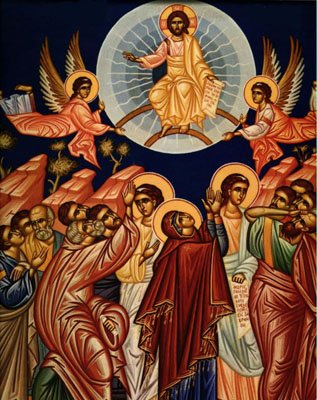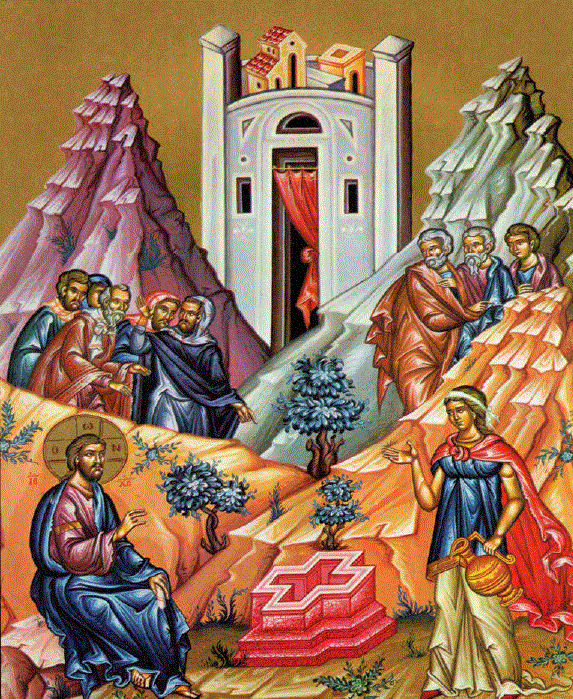In the Book of Wisdom (2:23), which is in the Old Testament, man is not only made in the image of God, he is the image of God properly. Gregory of Nyssa, who, in his anti-Arian polemic, stressed the perfect equality of the three persons, spoke as such: “God is always the archetype in whose image man is said to have been created.
The efforts of Augustine, one of the great Western Fathers of the Church, to discern within the human mind a replica of the life of the Three Persons was, largely alien to traditional Eastern theology. Some scholars believe that various elements of Augustine’s doctrine are found in Gregory of Nyssa and several other Eastern Fathers, Ephrem illustrated the Trinity by means of the three constituent elements of the human person (i.e., body, soul and spirit); while the spirit corresponds to the Father, it was the human body (the third element) which became a parallel to the Holy Spirit. (The Western world reduced this to two elements: body and soul). Some believe that Gregory Palamas came close to the Augustinian concept but did not develop it systematically.
The Trinitarian meaning of the concept of the image is certainly found in the East, but it was applied in a social sense to the Church, the human collectivity united in divine unity.
The expression in the image of God, after God’s image, and the image of God are not synonymous. In the image sounds as if God first created an image-prototype in terms of which he would then have created man. This image, which is intermediate, could be Wisdom or the Logos (the Word = Christ). Christ, however, is the true archetype according to which man is created and recreated; he is in the form of God, the image of God. This language is found in Paul’s letters – Philippians 2:6 and 2nd Colossians 4:4. The entire tradition on this point may be summarized by saying that man is in the image of the Word and that he is the image of God through the mediation of the Word. He is therefore an image of the image.
This general statement, however, includes rather divergent interpretations depending on whether the image was conceived as a visible or an invisiblereality. There is no doubt that Irenaeus thought the God-man (i.e., Jesus) was the model according to which Adam was created by God, and that man was therefore made like to the invisible Father through means of the visible Word.
One realizes, by thinking about the foregoing, that the Church has struggled, and continues to struggle, to understand the relationship between God and man.


